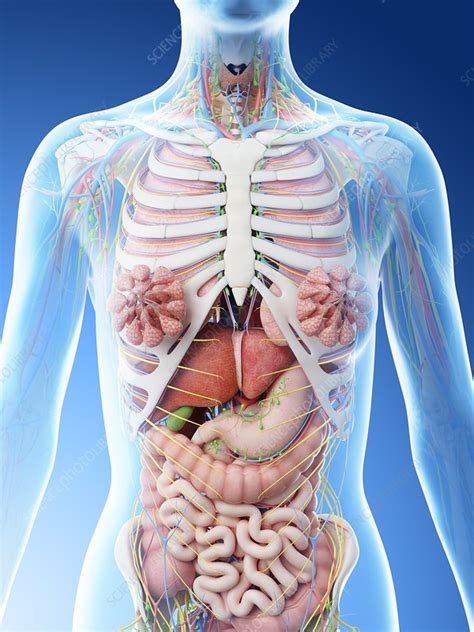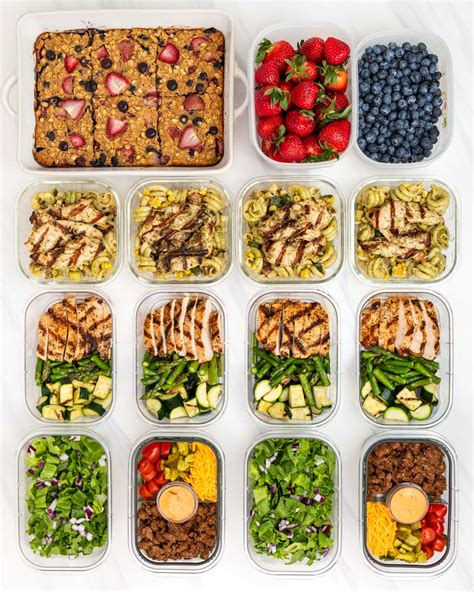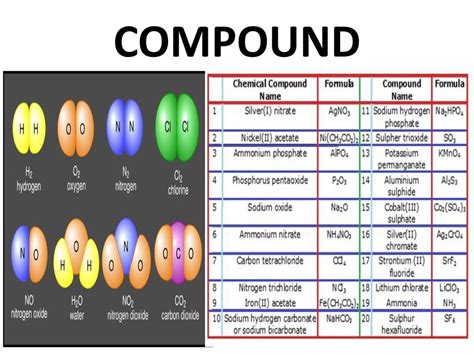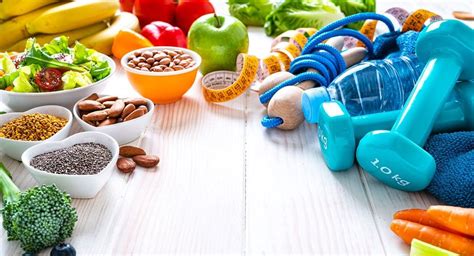How to optimize body recomposition for peak strength & aesthetics faster?

Understanding Body Recomposition
Body recomposition is the highly sought-after goal of simultaneously losing body fat and gaining muscle mass. While traditionally thought to be difficult, especially for experienced lifters, it is entirely achievable and can be optimized for faster results, particularly for those relatively new to serious training, returning after a break, or those with higher body fat percentages. The key lies in creating the optimal environment for your body to prioritize muscle protein synthesis while mobilizing fat stores for energy.
 _x000D_
_x000D_The Caloric Sweet Spot: Small Deficit or Maintenance
For effective body recomposition, extreme caloric deficits are counterproductive as they hinder muscle growth. Instead, aim for a slight caloric deficit (around 200-500 calories below maintenance) or even maintenance calories, especially if you’re a beginner or have a lot of fat to lose. This allows your body to tap into fat reserves for energy while still providing enough fuel for muscle repair and growth. Calculating your maintenance calories and tracking your intake for a few weeks will be crucial to finding this sweet spot.
Macro-Nutrient Breakdown:
- Protein: This is non-negotiable. Aim for 1.6 to 2.2 grams of protein per kilogram of body weight. High protein intake supports muscle repair, satiety, and has a higher thermic effect.
- Carbohydrates: Fuel your workouts and replenish glycogen stores. Distribute them around your training, adjusting based on energy levels and activity.
- Fats: Essential for hormone production and overall health. Don’t go too low; aim for 0.5 to 1 gram per kilogram of body weight.
 _x000D_
_x000D_Strength Training: The Primary Stimulus for Muscle Growth
To build muscle, you must give your body a reason to adapt. Progressive overload through resistance training is the most powerful signal. Focus on compound movements (squats, deadlifts, bench press, overhead press, rows) that engage multiple muscle groups, as these provide the greatest stimulus for overall muscle growth and strength development. Aim for 3-5 training sessions per week, with adequate intensity and volume.
- Consistency: Regular training is paramount. Stick to a structured program.
- Progressive Overload: Continuously challenge your muscles by increasing weight, reps, sets, or decreasing rest times.
- Proper Form: Essential for both effectiveness and injury prevention.
 _x000D_
_x000D_Strategic Cardio: Enhancing Fat Loss and Recovery
While strength training is king for muscle, strategic cardio can aid fat loss and improve cardiovascular health without hindering muscle gains. Avoid excessive, high-intensity cardio, especially when in a deficit, as it can interfere with recovery and potentially muscle retention. Instead, opt for:
- Low-Intensity Steady State (LISS) Cardio: 20-40 minutes, 2-3 times per week, on rest days or post-strength training. Examples include brisk walking, cycling, or using an elliptical.
- High-Intensity Interval Training (HIIT): Use sparingly, perhaps 1-2 sessions per week, if your recovery allows. It’s metabolically demanding but also more taxing on the central nervous system.
 _x000D_
_x000D_Sleep, Stress, and Hydration: The Unsung Heroes
These often-overlooked factors play a massive role in your body’s ability to recompose. Inadequate sleep elevates cortisol (a catabolic hormone) and reduces growth hormone and testosterone, directly impeding muscle growth and fat loss. Chronic stress has a similar negative impact.
- Sleep: Aim for 7-9 hours of quality sleep per night. Establish a consistent sleep schedule.
- Stress Management: Incorporate stress-reducing activities like meditation, yoga, or spending time in nature.
- Hydration: Drink plenty of water throughout the day to support metabolic functions, nutrient transport, and overall health.
 _x000D_
_x000D_Consistency and Patience: The Long Game
Body recomposition is a marathon, not a sprint. Significant changes take time, often months or even years of consistent effort. Don’t get discouraged by slow progress; focus on long-term adherence to your nutrition and training plan. Track your progress through measurements, photos, and strength numbers rather than solely relying on scale weight, which can be misleading during recomposition.
Conclusion
Optimizing body recomposition for peak strength and aesthetics faster requires a multi-faceted approach. Prioritize a slight caloric deficit or maintenance, ensure high protein intake, commit to progressive resistance training, strategically incorporate cardio, and never underestimate the power of adequate sleep, stress management, and hydration. By meticulously applying these principles, you’ll create an anabolic environment that maximizes your potential for simultaneous fat loss and muscle gain, leading to a stronger, more aesthetic physique.








